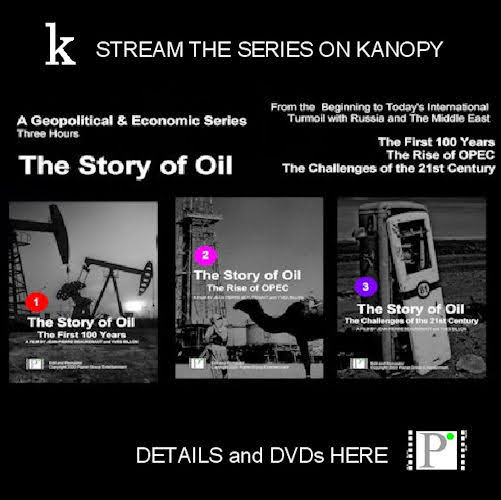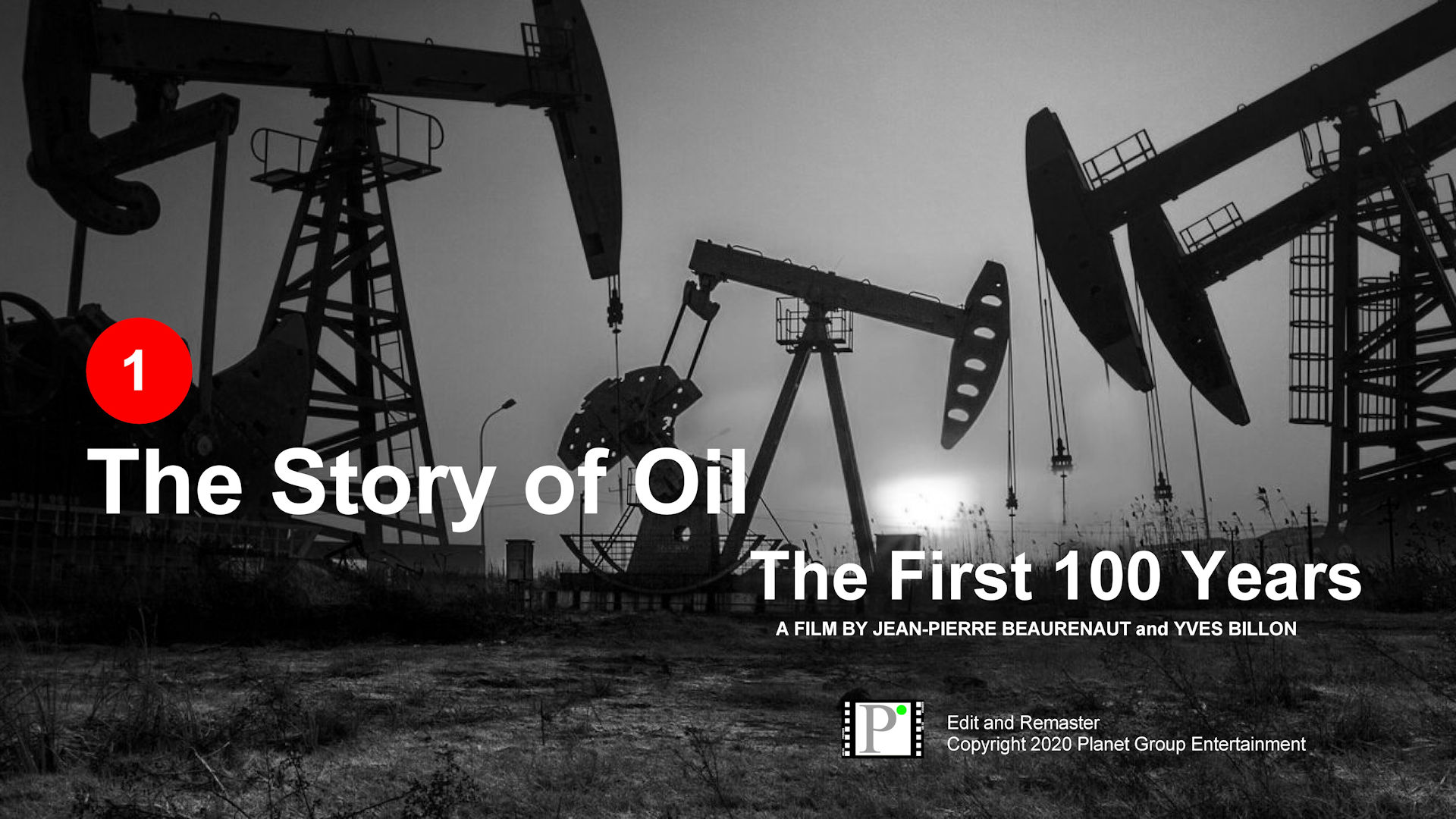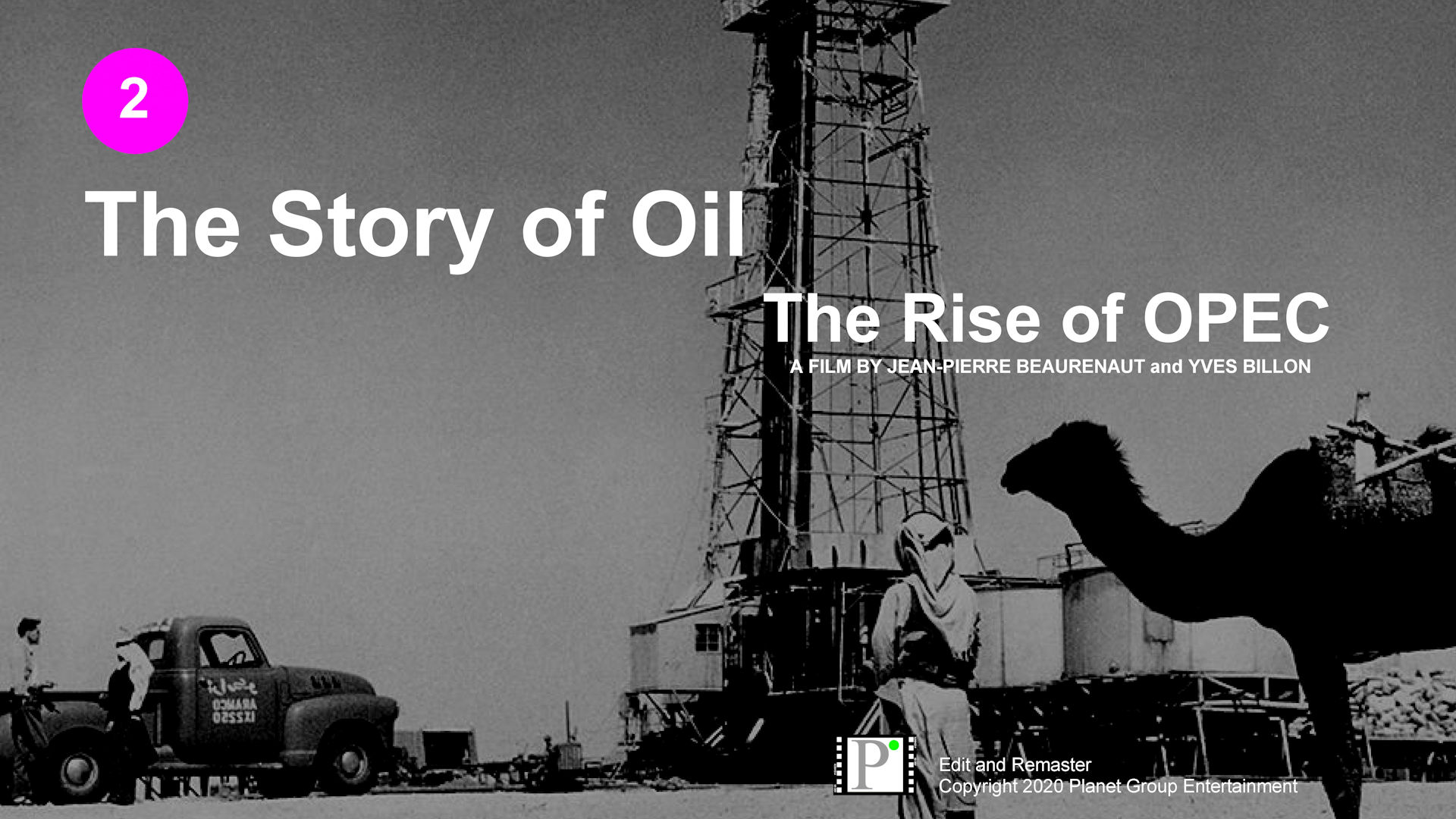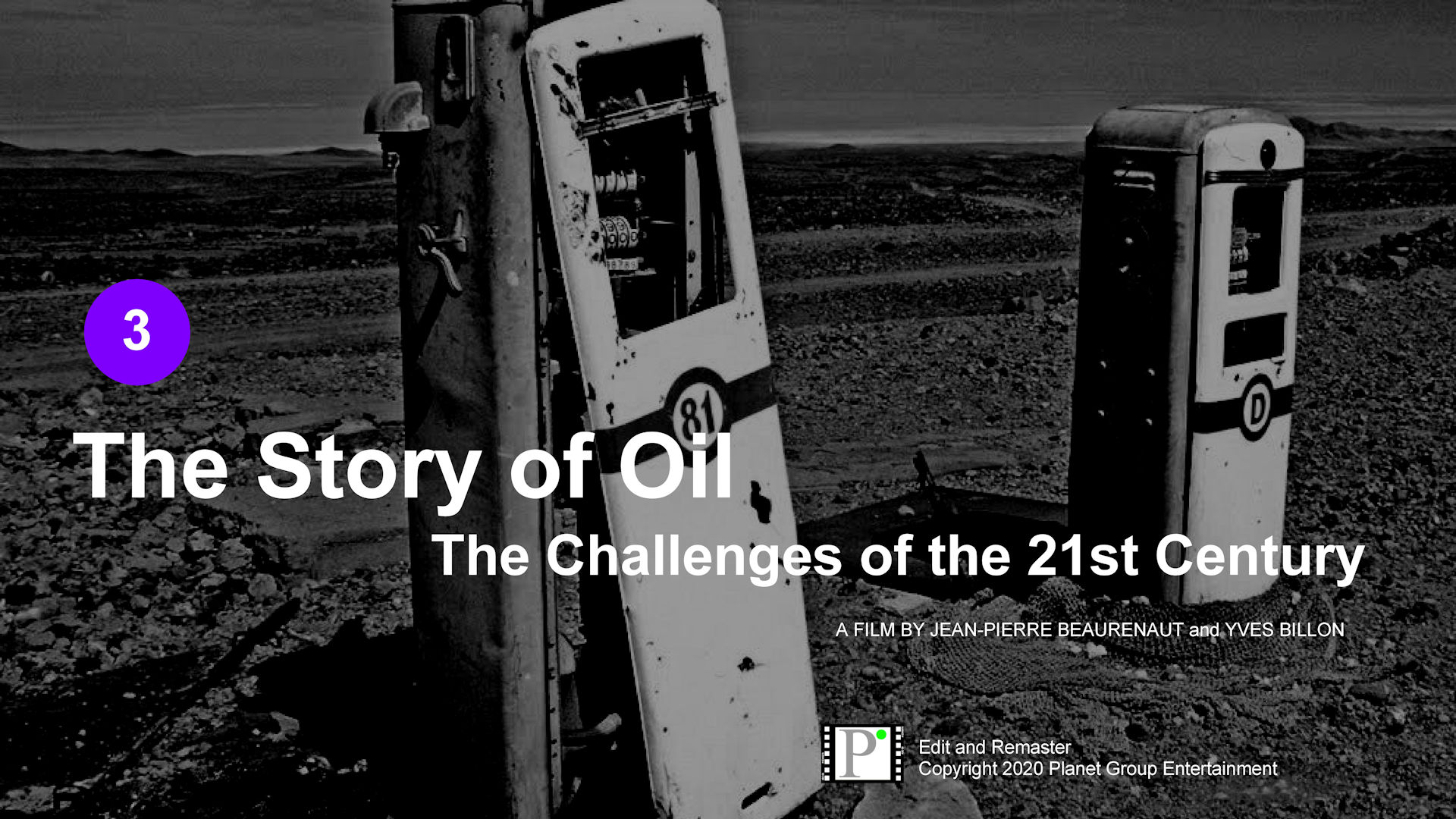The Story of Oil...Three Part Series
 Thursday, September 22, 2022 at 06:40PM
Thursday, September 22, 2022 at 06:40PM 
NOTE: Files are available for purchase and uploading to your server with our lifetime DSL license. See below.
According to documentary filmmakers Jean Pierre Beaurenaut and Yves Billon, the world has consumed half of the oil that has taken millions of years for the earth to produce. With large countries such as China and India demanding more oil for their modernization, and countries such as the United States continuing their enormous energy consumption, the oil supplies will eventually decline.
The Story of Oil provides a history of oil exploration, the growth of big oil companies, and the political and economic conflicts over the control of oil. This historical documentary is viewed in three parts. Lending historical and personal perspectives are interviews with geologist Colin J. Campbell, historians Joseph Pratt and Jim Bamburg, former U.S. Ambassador to Saudi Arabia James Akins, special advisor on oil to George Bush Matt Simmons, and former Saudi Arabia energy minister Sheikh Ahmed Zaki Yamani.

The Story of Oil: Part One…The First 100 Years begins with the discovery of oil on the surface of a creek in Pennsylvania. In 1859 Edwin Drake drills down 70 feet and extracts oil. A black gold rush begins and derricks spring up all over the country. In the United States, what exists beneath the surface of the ground belongs to the landowner—not the state. Replacing whale oil, the black oil begins to be used for lubrication and mechanization. It is adapted by the railroads and the oil is converted to paraffin oil for lighting.

Screen Trailer for Part One on YouTube HERE
John D. Rockefeller imposes order on all the drilling by telling owners he will transport their oil, refine it, and market it. Rockefeller creates Standard Oil and holds 70 companies beneath its umbrella until he is forced to break up his monopoly. With the invention of the automobile, increased modernization, and the demand for oil in the air, sea, and land in World Wars I and II, the consumption of oil grows in America and abroad. The Majors made up of Mobil, Esso, Texaco, Gulf, Shell, Standard, and BP form a powerful group and seek out oil reserves in Mexico, Venezuela, Iran, and Saudi Arabia. With nationalization by some of the countries, the Majors look elsewhere—even Russia.

The Story of Oil: Part Two…The Rise of OPEC continues the story for control of oil. In 1960, representatives from Iraq, Iran, Kuwait, Saudi Arabia, Venezuela meet in Baghdad to form OPEC (The Organization of Petroleum Exporting Countries). Members agree to decide on a common price for oil. Other countries like Libya join later.

Screen the Trailer for Part 2 on YouTube HERE
Responding to this, the Majors adapt with new technology and become contractors rather than owners. More conflicts over oil occur. In 1973 Egypt and Syria go to war against Israel in the Yom Kippur War. The Majors adapt and look for oil in the North Sea and Prudhoe Bay. More unrest leads to the Iran and Iraq war in the late 1970s and the first Gulf War in 1990.

The Story of Oil: Part Three…Challenges of the 21st Century picks up with the Second Gulf War and the invasion of Iraq. Between the First and Second Gulf Wars, too much oil is produced and prices collapse. The Majors become Super Majors after several companies merge. Smaller companies are forced out of the market. After September 11, the United States begins to look outside Saudi Arabia for oil, but Saudi Arabia remains the top oil provider.

Screen the Trailer for Part 3 on YouTube HERE
Meanwhile, the Chinese modernize and overall oil consumption grows. For a time, the United States obtains oil from Russia, followed by oil from the Caspian Sea area. Other companies turn to Africa. Eventually, oil reserves will be depleted. Experts in the film mention alternatives to oil but do not say technology is the sole answer.
Will a change of lifestyle, a move back to the cities, or a recognition that societies need to rethink what brings happiness be the real answer? The Story of Oil poses such questions in this comprehensive educational film on the history of oil.

A Note About Our Academic and Institutional Pricing for Story of Oil Three-Part Series
Three Part Educational DVDs with PPR: $150
Anytime you want to screen a film on campus, Public Performance Rights (PPR) needs to be obtained. Copyright law (USC 17§101) defines a public performance as occurring in a public space or if it is in any place if "a substantial number of persons outside of a normal circle of a family and its acquaintances" is gathered there. This would include classrooms, meeting rooms, auditoriums, dorm lounges, etc. However, copyright law (USC 17§110) also provides an exception for face-to-face teaching activities in a nonprofit educational institution.
Three Part Digital Site License with PPR: $200
A DSL grants educational institutions and/or non-profit organizations a limited license to host and stream a film online to students, faculty and staff on their password-protected server. This license is granted for three years. The key advantage of purchasing a DSL is that once uploaded, an unlimited number of viewers can access the film from multiple locations simultaneously.
DVD + DSL bundle PPR: $225
Personal DVDs or File Download: $24.50
